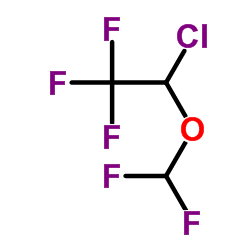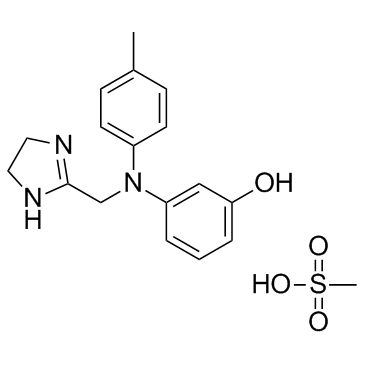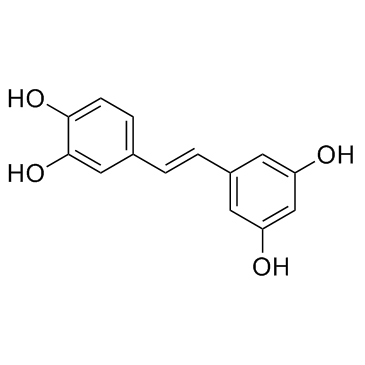| Structure | Name/CAS No. | Articles |
|---|---|---|
 |
Isoflurane
CAS:26675-46-7 |
|
 |
Phentolamine mesilate
CAS:65-28-1 |
|
 |
Piceatannol
CAS:10083-24-6 |